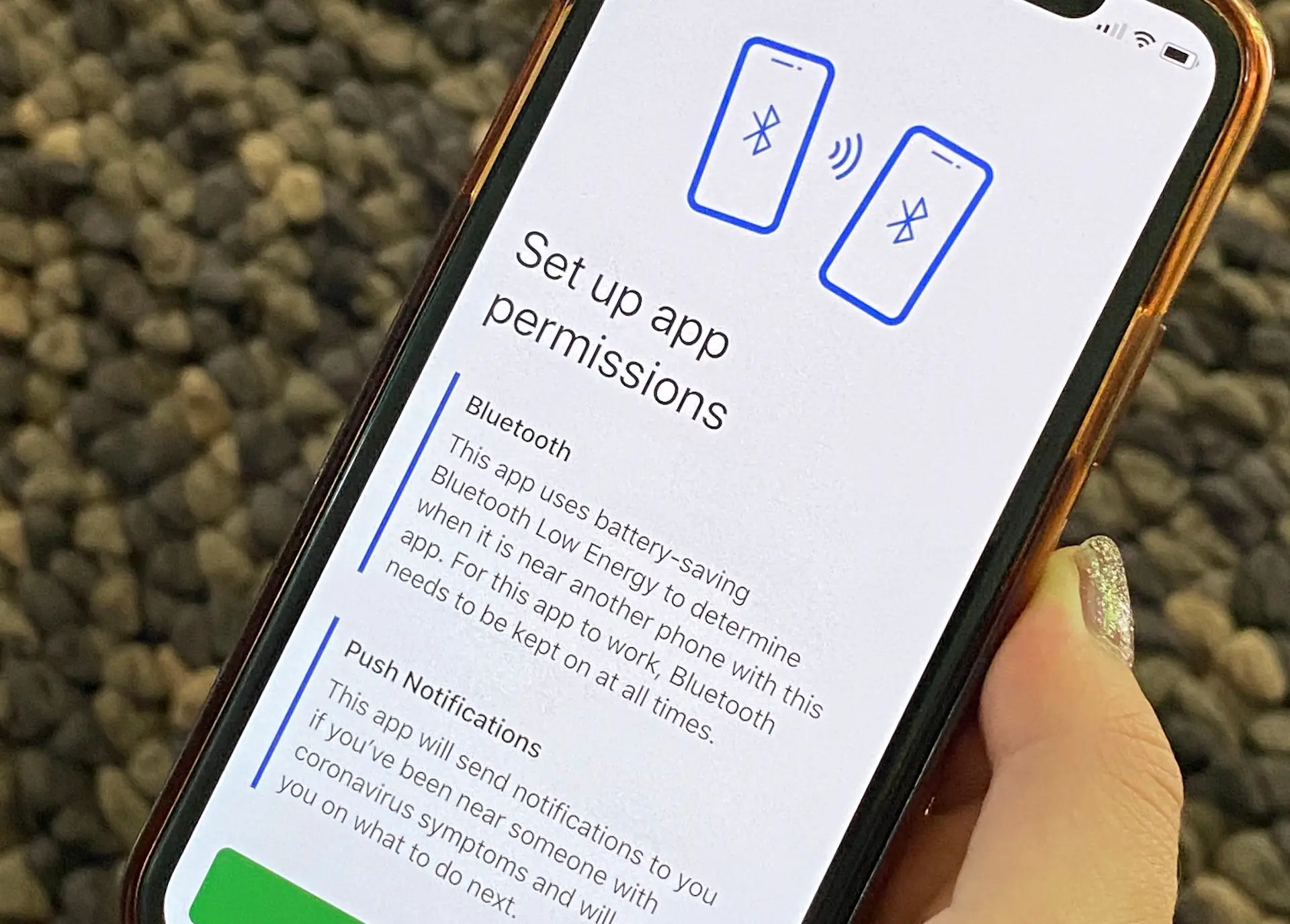There are many questions about the new NHSX Coronavirus Contact Tracing App that is being launched on the Isle of Wight this week.
Coronavirus Contact Tracing App
The NHSX Coronavirus Contact Tracing App was launched on the Isle of Wight in the first week of May 2020. The App is the first phase of the new ‘test, track and trace’ programme, aimed at reducing the spread of Coronavirus (Covid-19).
To download the App follow this link in your phone’s Web browser
Background reading
Coronavirus Contact Tracing App on the Isle of Wight: What you need to know | FAQ: NHSX Coronavirus Contact Tracing App | How to setup and use NHSX Coronavirus Contact Tracing App | In-depth explanation of how it works is available |Podcast with IW Council leader pitching the Island for the pilot
We’ve gathered what we can and hope it answer the main questions, but we see this as a living document, so it will grow. If you think we have missed anything important, please leave a comment below and we will seek to answer them for you.
Each house on the Isle of Wight will be sent a letter with instructions of where to download it from
The App will be available on the Isle of Wight from Thursday 7th May 2020
Low-powered Bluetooth. Which phones you have been near to and how far away they have been from you will be gathered on your handset for a rolling 28 days. This is only shared with the NHS if you report yourself as ill and choose to share the data
NHSx say no, as its Bluetooth, it just looks at the other phones that have been near you, not record your location
No, it was stressed that Social Distancing and other Coronavirus measures will continue to be in place
Passing contact is not recorded, so just walking past someone in the street will not count. The Bluetooth data will look at how long you were close to another person for.
It isn’t compulsory, but NHSX say that the more people that use it, the better the results and more helpful it will be to minimise the impact of Covid-19
Initially Isle of Wight Council workers will bring it to you within 24 hours. They will return the next day to collect it, so it can be sent for testing
As it runs on Bluetooth, mobile reception isn’t needed to gather data. The only time reception is needed is if you self-report yourself as ill and choose to send your data
News OnTheWight was told that any number of people using it would be of benefit.
Above 20% – even at that level we will get very important insights.
Above 50% – there will be a material impact
When you are notified that someone who you have been near by had Covid-19, it won’t tell you who it was, when you were near them or where it was
If you delete the App, all the data held on your phone will be deleted. If you have chosen to shared data with the NHS, it can be retained by NHS for future research. Matthew Gould , CEO NHSX, told Human Right Committee said you cannot ask to have data your removed. At the end of the crisis, it will either be deleted, or fully anonymised for research
Matthew Gould (NHSX) said it won’t be used by law enforcement. The data would only be used for health or public health reasons.
CEO of NHSX, Matthew Gould, told the Human Rights Committee, that the guidance for the Isle of Wight is 16-years-old
NHSX said they will do what they can to minimise this. As a test will be sent out, if it isn’t completed or comes back negative, that reporting will be discounted
Not everyone on the Island needs to use a mobile. Those in strict lockdown self-isolation are unlikely to need to use it
No says NHSX. They will apply an algorithm to that will make the decision based on how far away they were and how long you were with them. This will be automatically be updated as they learn more.
NHSX tell News OnTheWight the code will be shared on the NHSX GitHub
Yes, that’s the way they told us it would work. If a test comes back negative, those who were originally alerted, are sent the equivalent of a ‘don’t worry’ message to their phones.
This came up in the evidence session of the Human Rights Committee. Matthew Gould (CEO NHSX) gave his answer at around 15:15 here
Our summary understanding at this time: When each App is installed, it is issued its own (they say anonymous) installation ID. This is known by the central server, so when an infection is detected, those handsets that have been deemed to have had ‘high risk proximity events’ with the infected handset are alerted using the installation ID.
For a more in depth understanding, this article has a lot of detail in it.
If you think we have missed anything important, please leave a comment below and we will seek to answer them for you.
Article edit
1:50pm 5th May 2020 – Added three news Q&A’s starting at ‘If no symptoms’ and altered headline.





